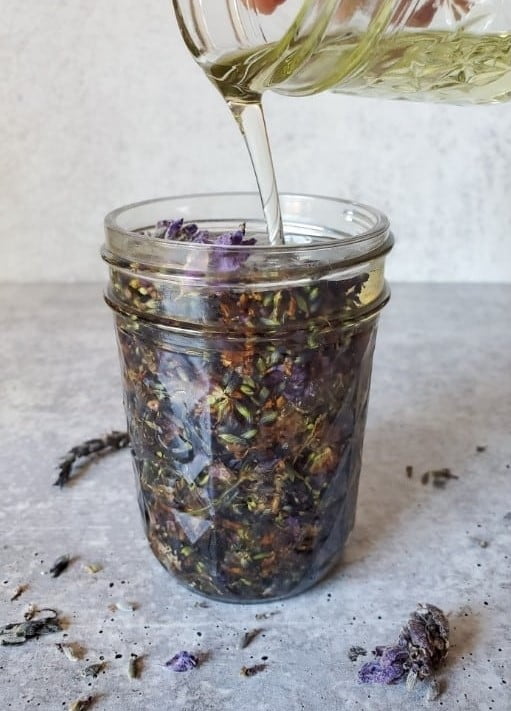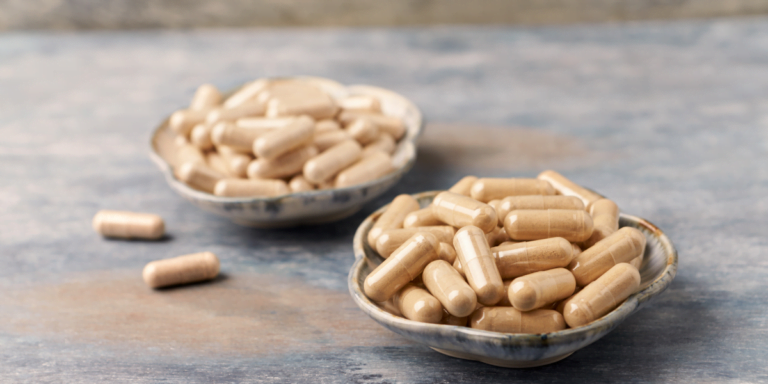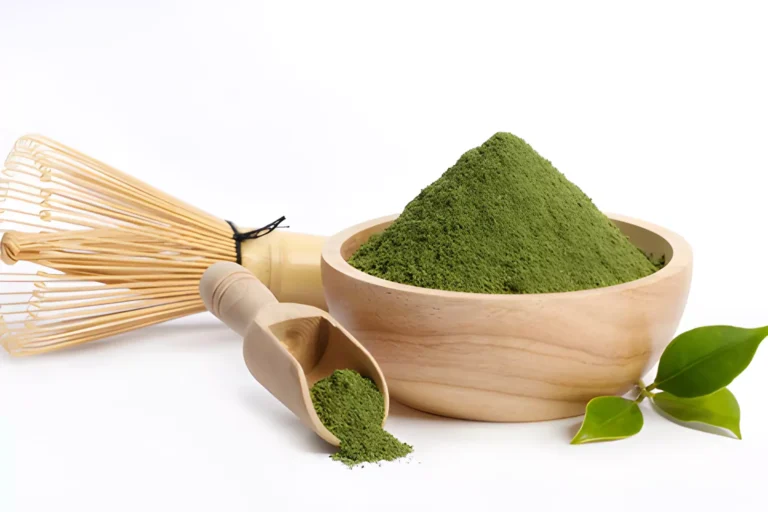How to Make Lavender Oil at Home: 7 Easy Steps
Lavender oil is a versatile and aromatic natural product that can be used for a variety of purposes, such as aromatherapy, skincare, hair care, massage, and more. Lavender oil has many benefits, such as soothing stress, anxiety, insomnia, headaches, and inflammation. It also has antibacterial, antifungal, and antiseptic properties that can help heal wounds, infections, and acne.
Lavender oil is quite expensive because of its manufacturing process. But if you have lots of lavender plants at your home garden or field, then you can make lavender oil at home and cut down the expense. By doing so, you will have total control over the quality of the oil. This will ensure that the oil is 100% organic without any chemicals and pesticide. In this article, I am going to cover how to make lavender oil from fresh leaves and plants and how to use it for different benefits.
What is Lavender Oil?
Lavender oil is an essential oil obtained by distillation from the flower spikes of certain species of lavender. There are over 400 types of lavender worldwide with different scents and qualities. But only a few handful are used to create the oil. The lavender oil generally you see is the essential oil.
Lavender oil has been used for centuries for its medicinal and aromatic properties. It is known for its calming and relaxing effects, and it is often used to treat anxiety, stress, and insomnia. Lavender oil can also be used to treat a variety of skin conditions, such as acne, eczema, and psoriasis.
Apart from this, it is also a popular ingredient in aromatherapy and massage therapy. It is often diffused into the air or applied to the skin to promote relaxation and reduce stress. Arizone International LLP is one of the largest lavender oil manufacturers and exporters from India. Contact today for bulk inquiries.
Benefits of Homemade Lavender Oil
Lavender oil has many health benefits, such as reducing anxiety and stress, improving sleep quality, reducing inflammation, and many more. But apart from these benefits, here are the few benefits of homemade lavender oil.
- It is more cost-effective than buying commercial lavender essential oil.
- You can be sure that your lavender essential oil is pure and free of additives.
- You can customize your lavender essential oil by adding other essential oils, such as chamomile or bergamot.
- You have the total control over the quality and quantity of the output.
How to Make Lavender Oil at Home
There are mainly two methods to make lavender oil at home. First is the distillation method, and second is the Infused method. Here, I am going to show you how to make lavender oil with the infused method, which is relatively easy and does not need expensive items. Here is what you will need to make the oil.
- Lavender flowers: You can use fresh or dried lavender flowers to make your oil. Fresh flowers will give you a more potent and fragrant oil, while dried flowers will last longer and are easier to store.
- Carrier oil: A carrier oil is a vegetable oil that will act as the base for your lavender-infused oil. You can use any carrier oil that you like, but some of the best carrier oils for making lavender oil are olive oil, jojoba oil, almond oil, coconut oil, or grapeseed oil. These oils have mild or neutral scents that won’t overpower the lavender aroma.
- Glass jar: You will need a clean, dry, and dark-colored glass jar with a tight-fitting lid to store your lavender-infused oil. The jar should be large enough to hold the amount of oil and flowers that you want to use. A dark-colored jar will protect your oil from light exposure, which can degrade its quality and potency.
- Strainer: You will need a fine-mesh strainer or cheesecloth to filter out the lavender flowers from the oil after the infusion process is done. You can also use a coffee filter or a piece of muslin cloth for this purpose.
- Pot: You will need a large pot with a lid to heat water for the steam distillation method. The pot should be big enough to fit a smaller pot or bowl inside it.
- Smaller pot or bowl: You will need a smaller pot or bowl that can fit inside the larger pot without touching the bottom. This is where you will put the lavender flowers and water for the steam distillation method. The smaller pot or bowl should be made of stainless steel, glass, or ceramic material that can withstand high temperatures.
- Ice: You will need some ice cubes or crushed ice to cool down the lid of the larger pot during the steam distillation method. This will help condense the steam into liquid form.
- Glass container: You will need a clean, dry, and dark-colored glass container with a tight-fitting lid to store your lavender essential oil after the steam distillation method. The container should be small enough to hold the amount of oil that you will get from the process.
The oil infusion method is the easiest and most common way to make lavender-infused oil at home. It involves soaking the lavender flowers in a carrier oil for a while, allowing the natural essential oils in the flowers to transfer into the carrier oil. Here are the steps to follow:
Step 1: Prepare the lavender flowers
If you are using fresh lavender flowers, you will need to harvest them when they are about to open or fully open. This is when they have the highest concentration of essential oils. Cut the stems about 6 inches (15 cm) long and remove any leaves or dirt from them.
If you are using dried lavender flowers, you can buy them from a reputable source or dry them yourself. To dry fresh lavender flowers, tie them in small bunches with rubber bands or string and hang them upside down in a warm, dry, and dark place for about two weeks. Avoid exposing them to direct sunlight, which can reduce their potency.
Step 2: Fill a jar with lavender flowers

Take a clean glass jar and fill it with lavender flowers until it is about half full. You can crush or bruise the flowers slightly with your fingers or a wooden spoon to release more of their oils. However, please don’t overdo it, as this can damage the flowers and make them lose their aroma.
Step 3: Pour oil over the flowers

Take your carrier oil of choice and pour it over the lavender flowers until they are completely submerged. Leave about an inch (2.5 cm) of space at the top of the jar. Close the lid tightly and shake the jar gently to mix the oil and flowers.
Step 4: Place the jar in a sunny spot for two to four weeks
Place the jar in a sunny spot, such as a windowsill or a warm room, where it can get plenty of light and heat. This will help the oil and flowers infuse faster and better. If you are using a clear glass jar, you can cover it with a paper bag or a cloth to protect it from direct sunlight, which can degrade the oil quality.
Let the jar sit for two to four weeks, shaking it gently every day or every few days. The longer you let it infuse, the stronger and more fragrant your oil will be.
Step 5: Strain the oil

After two to four weeks, your lavender-infused oil is ready to use. To separate the oil from the flowers, you will need to strain it through a fine-mesh strainer or cheesecloth into a clean glass container. You can also use a coffee filter or a piece of muslin cloth for this purpose. Squeeze or press the flowers to extract as much oil as possible.
Step 6: Store the oil

Transfer your lavender-infused oil into a clean, dry, and dark-colored glass bottle or jar with a tight-fitting lid. Label it with the date and store it in a cool, dark, and dry place away from heat and light sources. Your lavender-infused oil can last for up to a year if stored properly.
5 Ways to Use Lavender Oil for Health Benefits
You can use your lavender-infused oil for various purposes, such as:
- Aromatherapy: Add a few drops of your lavender-infused oil to a diffuser, humidifier, or vaporizer and inhale the soothing scent. You can also add some drops to your bath water, pillow, or tissue and enjoy the relaxing benefits of lavender.
- Skincare: Apply your lavender-infused oil directly to your skin as a moisturizer, massage oil, or healing agent. You can also add it to your favorite lotion, cream, soap, or shampoo for extra nourishment and fragrance.
- Hair care: Massage your lavender-infused oil into your scalp and hair to promote hair growth, reduce dandruff, and add shine and softness. You can also add it to your conditioner or hair mask for extra benefits.
- Massage: Use your lavender-infused oil as a massage oil to relieve muscle tension, pain, and inflammation. You can also mix it with other carrier oils or essential oils for different effects.
- DIY products: Use your lavender-infused oil as an ingredient for making your natural products, such as candles, lip balms, salves, scrubs, sprays, and more.
Conclusion
Making lavender oil at home is a fun and rewarding activity that can save you money and give you a natural and versatile product. You can choose between two methods: oil infusion and steam distillation, depending on your preference and availability of equipment. Both methods will produce a fragrant and beneficial lavender oil that you can use for various purposes, such as aromatherapy, skincare, hair care, massage, and DIY products. You can also experiment with different carrier oils, essential oils, and herbs to create your unique blends.




